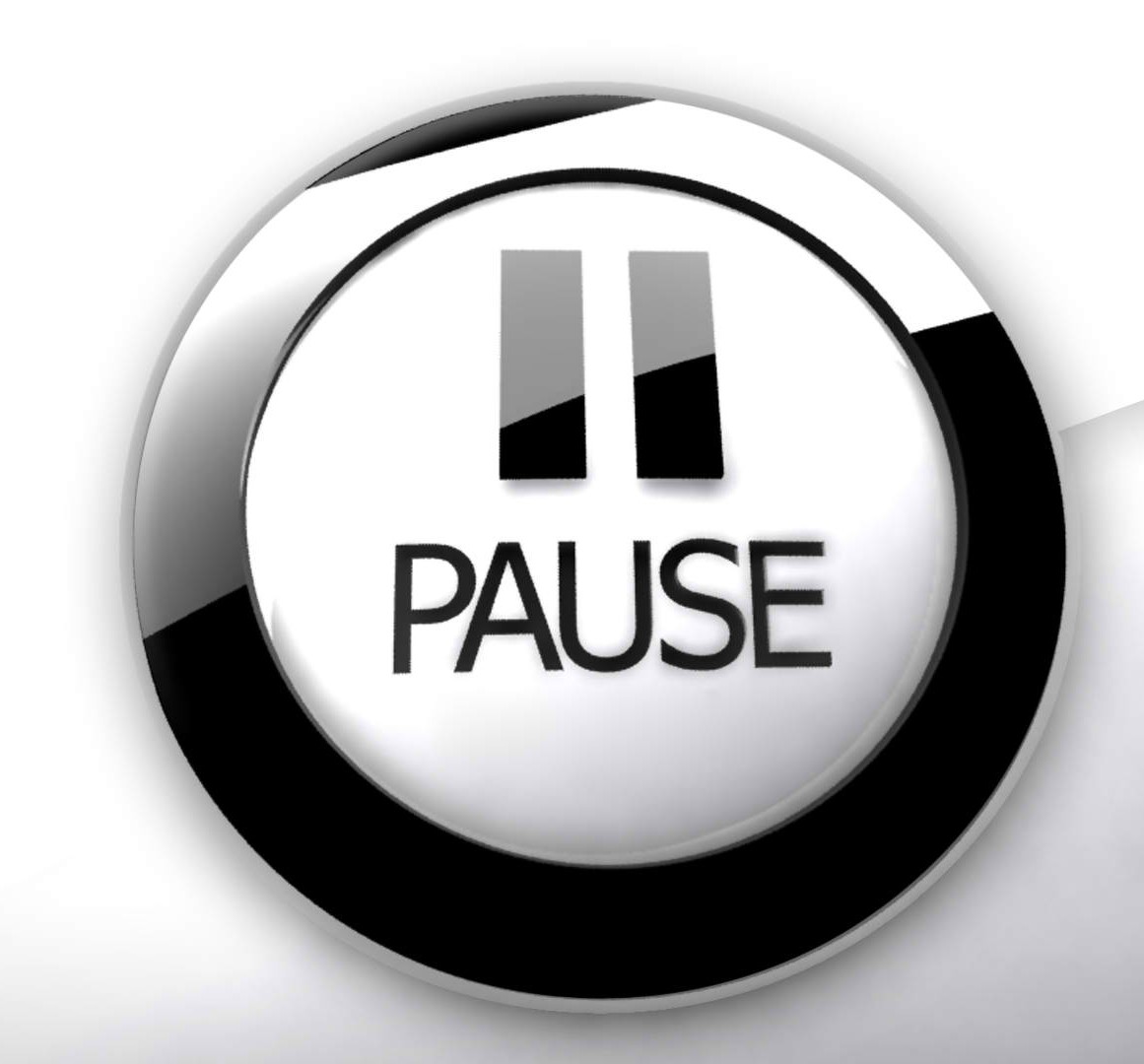03.19.20“Pause Points”: A clip from Sara Sherr’s (Online) Classroom

I want to share the two very short clips from Sara Sherr’s online classes at Uncommon Preparatory High School this afternoon.
Sara has been using asynchronous videos to teach her students. If the term ‘asynchronous’ is unfamiliar, here’s a quick primer.
In the first clip Sara is beginning her lesson. I want to coin a term to describe a critical piece of any asynchronous online learning environment: “pause point.” The term refers to moments when you instruct students to stop the video and complete a task. Here’s what it looks like when Sara does this.
“Please pause the video now and copy these terms into your notebook,” she says. It’s not enough just to talk about ideas online. Students need to do things to consolidate concepts into memory and to help them maintain focus and engagement. It’s just too easy to tune out otherwise. So a good asynchronous lesson should include lots of pause points… and ideally many of them would include an accountability loop as well.
Sara’s accountability loop is indirect: she challenges students to use the term in the responses they will write and upload. If she felt more strongly that her class’ culture of follow-through needed reinforcing she might do something more direct, like “Please write out these definitions and email them to me…” or “Please write out the definitions in your notebook and text me a picture of the page…”
In the long run, a variety of approaches to accountability is probably best but it’s critical to recognize that at this point, accountability is critical. The singular goal is to build a culture that establishes the normalcy of active engagement and the habit of follow-through in a new learning setting. Work is assigned and then done over and over.
It’s worth noting that the idea of inserting “pause points” could also apply to synchronous learning as well. If her students were with her live via Zoom, say, she could ask them to pause and write their definitions into their notebooks and hold them up to the screen, or type their definitions into a google sheet live. Or email or text or chat their answers to a question. In a subsequent post I’ll share a list of ways to build in accountability loops but in any online setting inter-activity (and your ability to make sure it happens) it crucial.
A critical note: simple is ok. In fact, simple usually works best. Sara’s got a google classroom set up but teaching–and her accountability loop–first involves students writing in their notebooks. It doesn’t have to be any fancier than that. You just need to have systems so they are not just sitting passively but rather are constantly interacting with the content and feeling accountable for doing so. Students could text her pictures of their notebooks and have it work fine.
Now here’s a second tiny moment from later in the same lesson:
Some themes here: we see another pause point. Sara frames some key points in the novel and then students get to work wrestling with ideas. There are really clear What to Do directions for the accountability loop: Work on it for six minutes. Type it in to your google classroom sheet and then, along with the second prompt, upload by 2pm. Clear accountability and a clear method for Sara to provide feedback and support.
One other critical note about Sara’s lesson is how carefully planned it is. Her visuals are so strong and so helpful to students. Planning is at least as critical online as in the classroom but it’s easy to ignore that urgency because as teachers we don’t feel the pain of poor preparation quite as directly on line… believe me though, students will.
One of my favorite planning tools is what we often call planning for error– anticipating before the lesson what students will struggle with–and you can see quite clearly that Sara has done this. Her slide provides guidance for students who struggle. No, it’s not as good as a teacher standing over your shoulder. No, it doesn’t obviate the need to collect and check work and circle back to students who struggle with real feedback. But it does make the lesson dramatically better and provide students with 1) real support and 2) a reminder that you’re not under the impression that it’s now your job to simply lob a video at students and walk away. The fundamentals of good teaching, Sara proves, remain.
